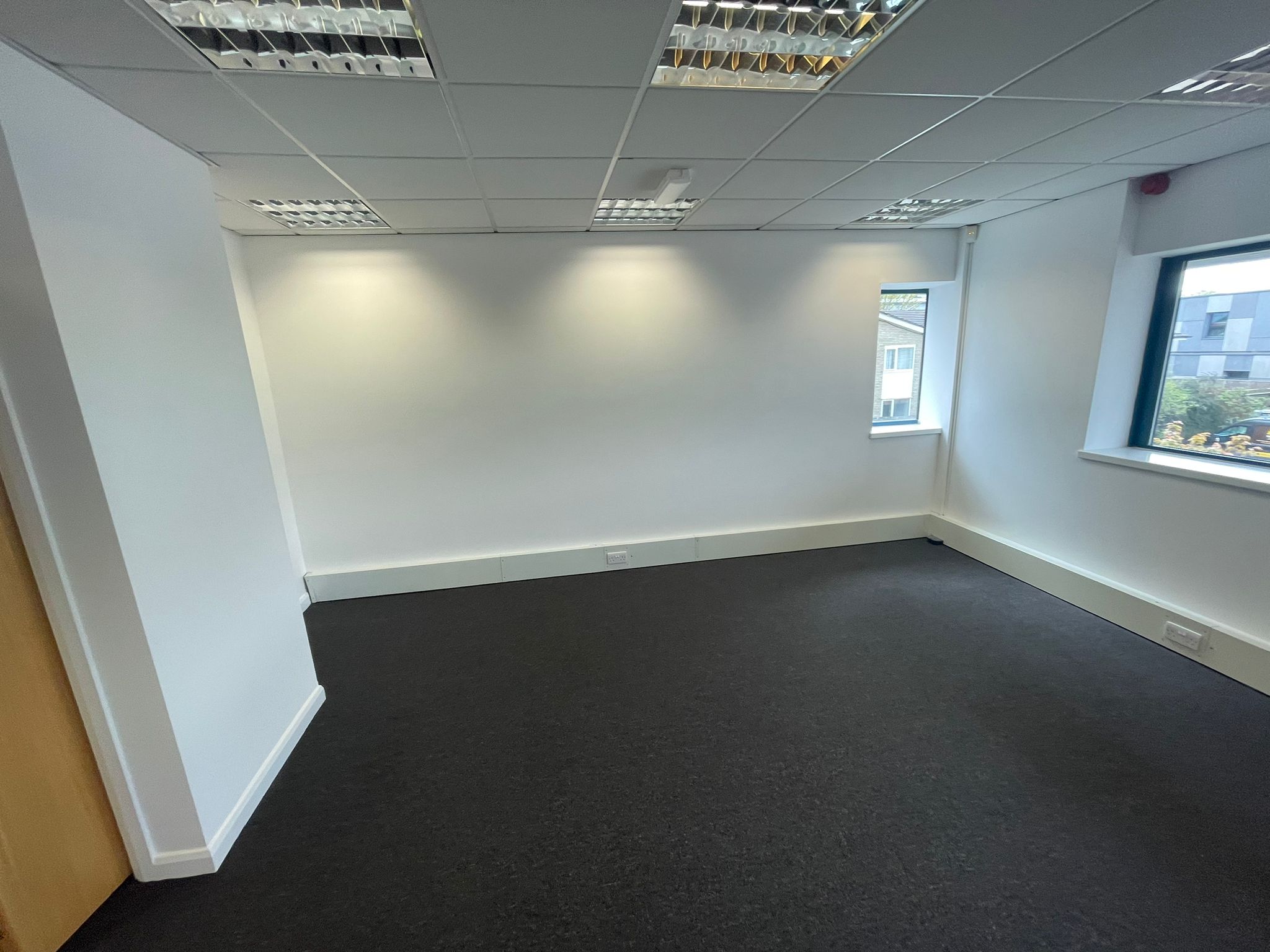A Comprehensive Guide to Reduce Dilapidation Liability of a Tenant
November 12, 2024

Dilapidation liability can be a factor of conflict between tenants and landlords. At the end of the lease term, landlords might accuse the tenant of leaving the property in disrepair. It could become an issue of conflict between landlords and tenants. If you are a tenant or planning to rent a commercial property, you should read the following to reduce your dilapidation claim. This article will discuss how a tenant can reduce his dilapidation liability. If you follow the steps provided in the following discussion, you can maintain a conflict-free relationship with your landlord.
Conduct a survey of the property at the start of the lease term
As a tenant, you should understand that your actions before, during, and at the end of the lease term significantly impact dilapidation liability. Our first advice is to hire a professional dilapidation surveyor to survey the property. The Royal Institution of Chartered Surveyors (RICS) determines rules and regulations for property surveys, and the professional surveyor must follow RICS guidelines to conduct the study. The surveyor can determine the actual condition of the property you are about to lease or have recently occupied.
Prepare a schedule of condition (SoC)
Once the surveyor completes surveying the property, he should present you with a Schedule of Condition (SoC). It can be considered a valuable and legal document to understand the condition of the properties at which you have taken the property on lease. SoC is a useful document that can help you reduce your dilapidation liability. It can be used as proof of property condition at the start of the lease term. As a tenant, you may be responsible for repairing the property for the damages you caused, but you are not liable to repair damages caused before your possession. The SoC is an essential tool for reducing excessive dilatation liability. As the saying goes, a stitch in time saves nine, and you can save thousands of pounds later by spending a few pounds conducting a property survey and preparing an SoC.
Continuously maintain the property during the lease term.
Constantly maintaining the rented property is crucial to reducing dilapidation liability. You should clearly understand your responsibility to maintain the property at the start of the lease term. Based on your understanding of the clause, keeping the property 'in repair' is essential. If your landlord decides to have a professional surveyor conduct an interim dilapidation survey, your dilapidation liability will not be much as you have kept it 'in repair.' Continuous maintenance of the property will not only help you reduce dilapidation liability but also improve your image as a good tenant. It will also reduce the chance of conflict between you, as a tenant, and the landlord.
Reinstate the property at previous conditions.
Reinstating the property in its previous condition is crucial for you as a tenant to reduce dilapidation liability. For example, if you have installed temporary partitioning walls, lighting, or ceilings, you must remove them and reinstate the property in its previous condition. You should also repair all the damages done to the property during the installation of additional fittings and fixtures. It would help if you did not wait for the lease term to expire and leave the repair work to the landlord. To control the repair cost, you should complete the job before the end of the lease term. Completing your task of repairing the property before the landlord serves you a schedule of dilapidation will help you avert a conflict.
Conduct a dilapidation survey near the end of the lease term.
If you want to reduce your dilapidation liability, you should conduct a dilapidation survey of your leased property before the end of the lease term. You should survey at least 6 months before the end of the lease term. When the property is still in your possession, you can decide to do the repair work as per the surveyor's assessment. Otherwise, you can negotiate with the landlord after you receive the schedule of dilapidation from the landlord.
Can my dilapidation liability be waived?
If the property is likely to be demolished at the end of your lease term, your landlord can waive the dilapidation liability. Under UK law, a tenant is not liable to repair the property if the property is subject to be demolished. Otherwise, the tenant has to restore the property or pay for the damages caused.
Conclusion
To reduce dilapidation liability, you should always conduct surveys at the beginning and end of the lease term. You should keep the property 'in repair' during your lease term. At Dilapidation Contractors, we provide all kinds of dilapidation services. Contact us today for a personalised and liability-free quotation.